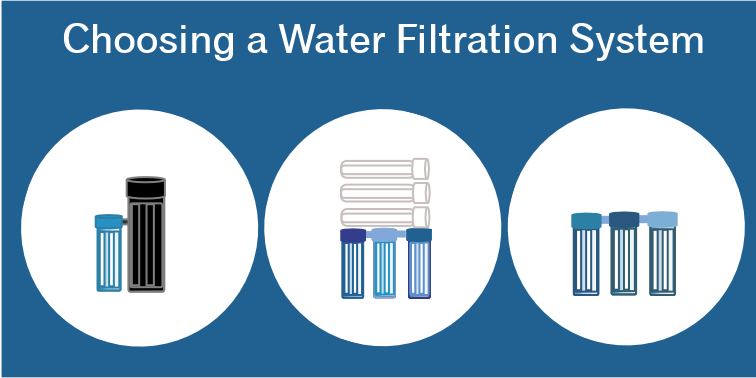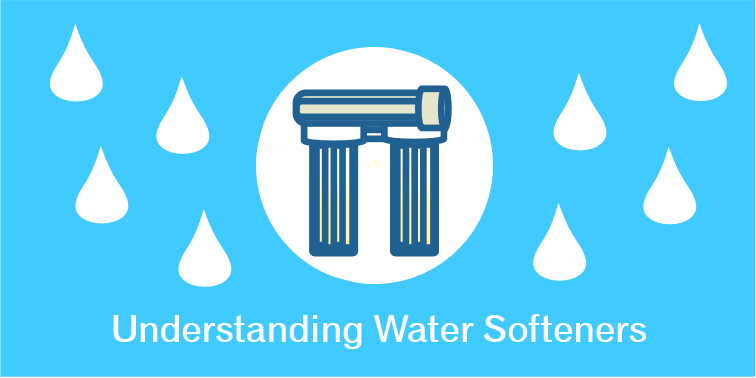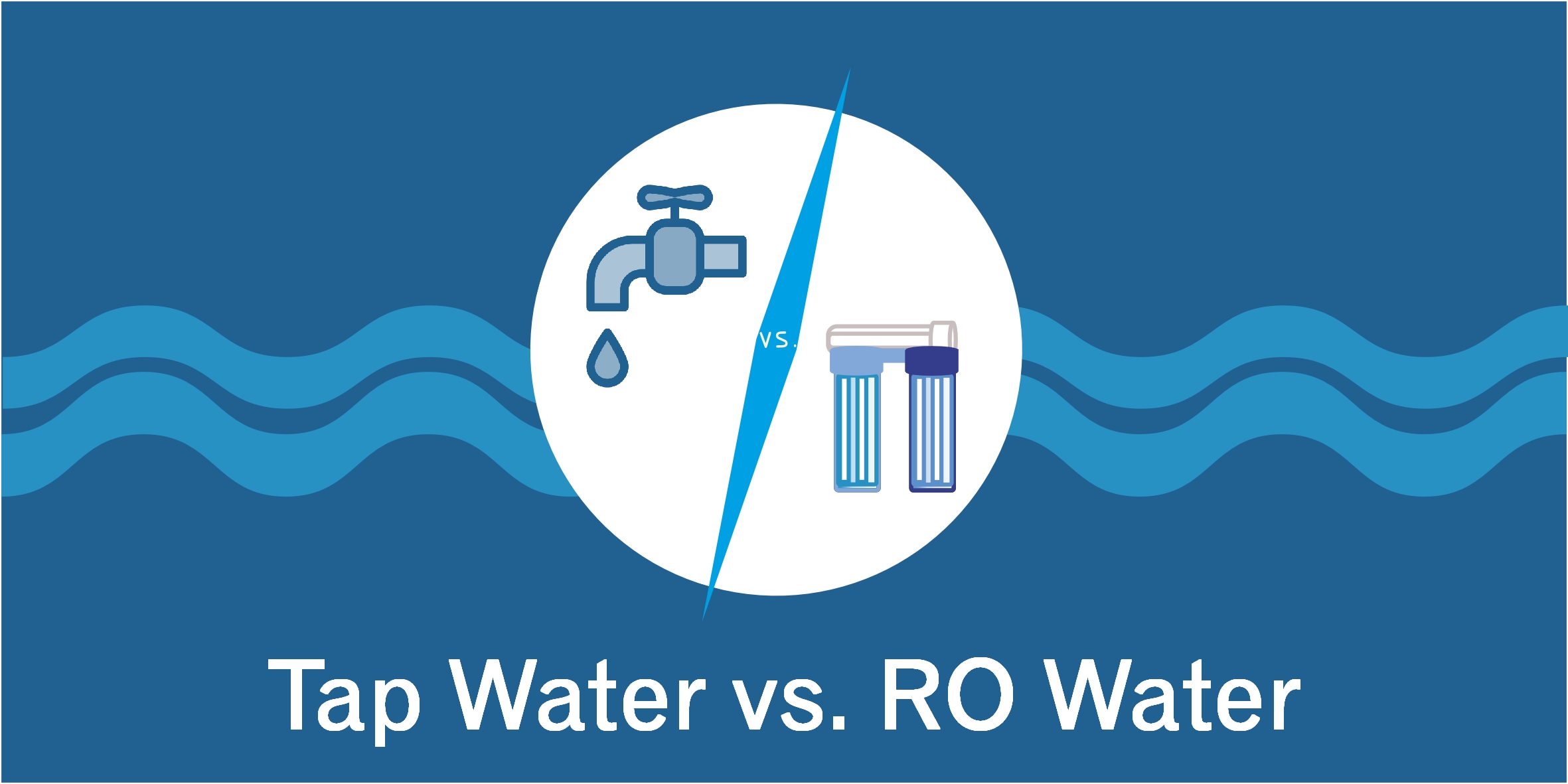
Choosing the right filtration system for your home can be confusing to say the least. Even going online and searching for water filtration system brings up millions and millions of hits! Look no further than our article below, we’ve simplified all the information you need to choose the right filtration system for your home.
In order to choose the right filtration system for your needs, you need to establish what you want your water filtration system to do. We have three types of water available to us.
- Treated tap water.
- Home filtered water, either via a whole house system or a water filter to your kitchen tap.
- Purified drinking water provided by a Reverse Osmosis System to a dedicated tap at the kitchen sink.
Now we know the types of water available to us, you can choose the system that is most suitable for your needs.
If you want to filter your entire house…you are choosing home filtered water.
In order to filter your entire home, you will need a whole house system. This system consists of a 10” sediment filter and granulated active carbon filters.
What will this do to my water?
The sediment filter will remove and reduce sediments including rust, dirt, silt and sand from your water.
The granulated activate carbon filters will remove up to 99% of chlorine as well as 85% of pesticides, herbicides, some VOCs, some disinfection byproducts, and other organic chemicals from your tap water. This filter will also improve the taste and odour of the water.
Are there any chemicals that will still be present?
Most carbon filters cannot remove microorganisms, chloramine, hardness minerals, salts, fluoride, or most heavy metals. However activated carbon filters have shown promise in reducing an emerging contaminant in our drinking water supplies: pharmaceuticals.
Pharmaceuticals are natural or synthetic chemicals that get into our water through human waste and improper disposal of medications, for example flushing drugs down toilets or sinks. To further remove many of these contaminants we recommend using Reverse Osmosis.
Click here for more information and purchase options on our website.
If you want to filter your drinking water only….you are choosing filtered water.
If you wish to filter your drinking water only, you need a drinking water filtration system. This system is similar to the above description system but on a smaller scale and will purify the water at one point of entry only. This is usually your kitchen tap.
This system consists of 10” sediment filter, 10” CBR2 filter and a 10” Chlorplus carbon filter.
What will this do to my water?
The sediment filter will remove and reduce sediments including rust, dirt, silt and sand from your water.
The CBR2 filter will target and remove metals including lead, mercury as well as reduce levels of chlorine, taste and odour.
The Chlorplus Carbon filter which will target chlorine and chloramines, volatile organic compounds and chlorination by-products. It will also minimize petrochemical by-products and insecticides. This Chlorplus filter will provide a greater chloramine performance capacity than granular carbon.
Are there any chemicals that will still be present?
Most carbon filters cannot remove microorganisms, chloramine, hardness minerals, salts, fluoride, or most heavy metals. However activated carbon filters have shown promise in reducing an emerging contaminant in our drinking water supplies: pharmaceuticals.
Pharmaceuticals are natural or synthetic chemicals that get into our water through human waste and improper disposal of medications, for example flushing drugs down toilets or sinks. To further remove many of these contaminants we recommend using Reverse Osmosis.
Click here for more information and purchase options on our website.
If you want to purify your drinking water only….you are choosing a Reverse Osmosis water purifier.
If you wish to filter your drinking water only, you need a Reverse Osmosis water purification system. This will purify the water at one point of entry only. This will be a faucet tap. This system consists of 10” sediment filter, 10” granulated active carbon filter, 10” carbon block filter, 10” reverse osmosis membrane, inline taste and odour filter as well as a remineralising filter.
What will this do to my water?
This option will purify your water, giving you the cleanest possible drinking water. It will remove almost all contaminants from your water.
The sediment filter will remove and reduce sediments including rust, dirt, silt and sand from your water.
The granulated activate carbon filters will remove up to 99% of chlorine as well as 85% of pesticides, herbicides, some VOCs, some disinfection byproducts, and other organic chemicals from your tap water. This filter will also improve the taste and odour of the water.
The Reverse Osmosis membrane will remove chloramine, hardness minerals, salts and heavy minerals, lead, chromium, copper, chloride, sodium, phosphorous, nitrate, potassium, sulfate, radium, fluoride, arsenic, E-coli, shigella, salmonella, campylobacter, giardia, cryptosporidium, rotavirus, norovirus and hepatitis B, pesticides, cyanide and pharmaceuticals. On average our Reverse Osmosis systems will reduce these from between 80% – 97%.
As a result, you will have pure clean water which will then be passed through a remineralising filter to improve the PH and restore some trace minerals such as calcium carbonate and magnesium oxide.
Click here for more information and purchase options on our website.
There are many factors to consider when choosing a water filtration or water purification system for your home. We hope that this article has provided you with some information in how to select the right system to suit your needs. Our website contains a wealth of information on all our systems as well as the chemicals that they remove. As always our team are available for further information and advice. Please contact us via email, WhatsApp, our social media channels or telephone.


